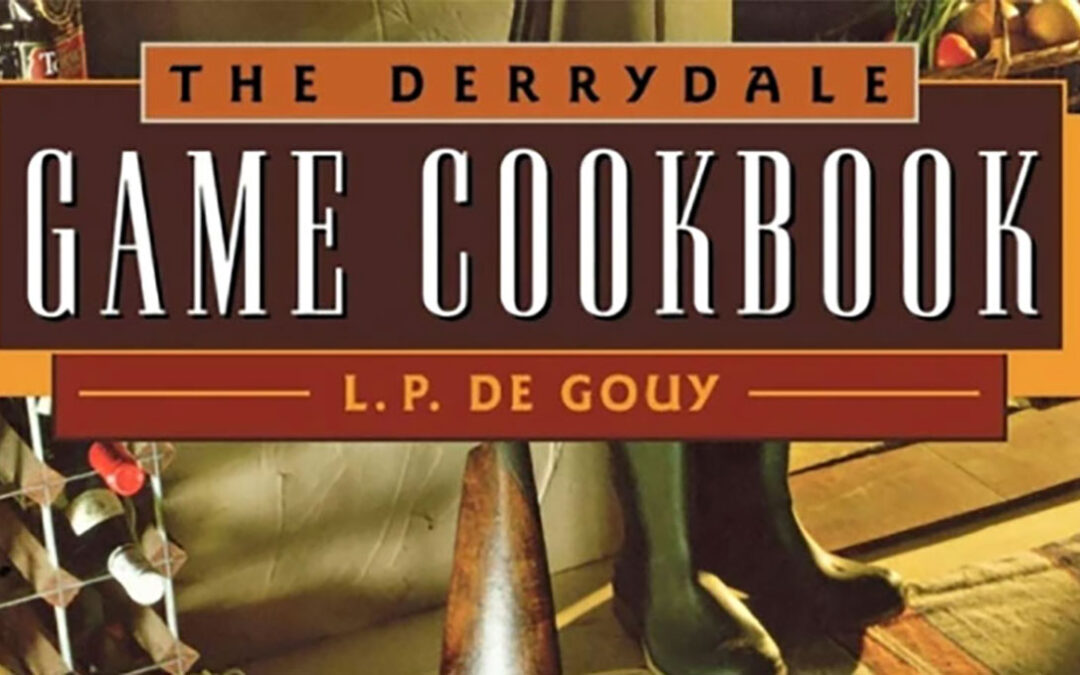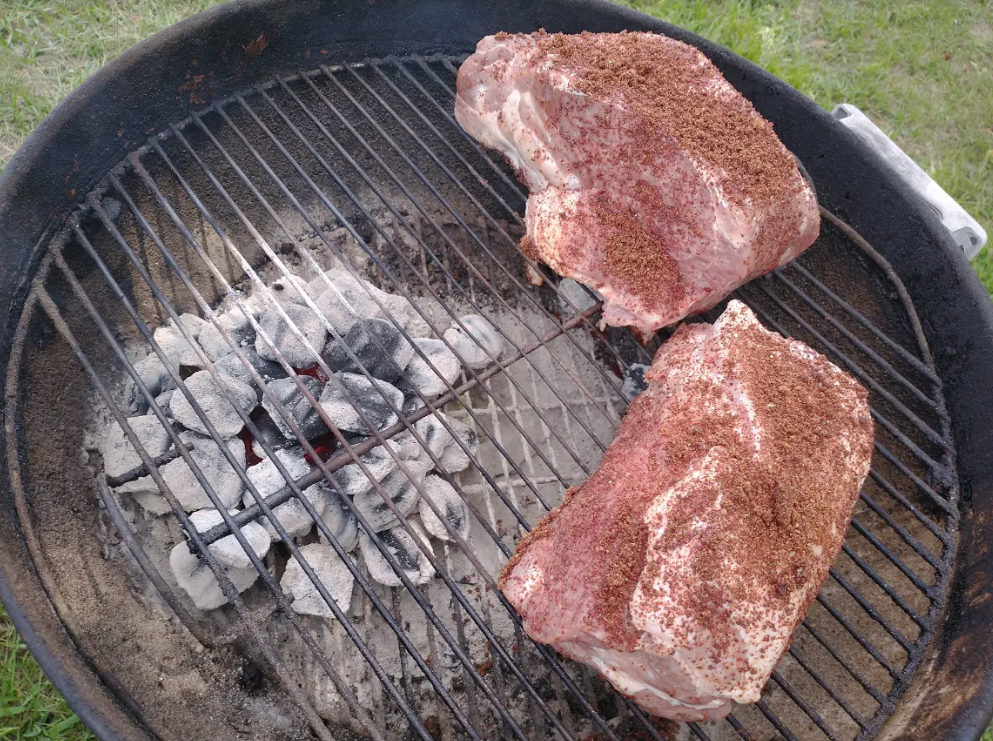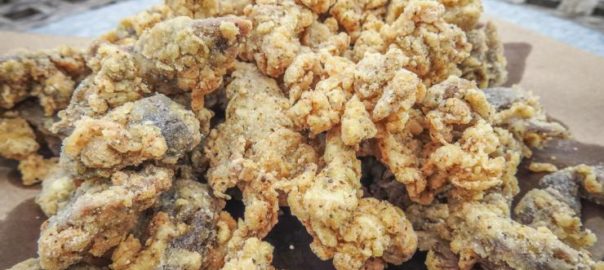Different Methods Of Cooking
BRAISING – Is a combination of stewing and baking meat through immersion in a covered vessel containing a solution of vegetable and animal juices called “braise,” hence its name. The meat is exposed to a strong but not boiling temperature and is self-basting. This is for less tender cuts:
BROILING – Consists of cooking meat over, under or in front of direct heat. The meat is turned often during the cooking process to ensure an even browning and cooking. This method is for tender cuts.
DEEP FRYING – Consists of cooking food in deep fat at a temperature of 350 degrees to 375 degrees for uncooked food and 380 degrees to 400 degrees for cooked food. In meat this method is for tender cuts.
PAN BROILING – Consists of cooking meat or any other food in a skillet or frying pan with little or no fat. In meat, this method is for tender cuts.
PAN FRYING – Consists of cooking food in a frying pan or skillet with a small amount of fat. In meat, this method is for tender cuts.
POT ROASTING – Consists of cooking meat on top of the stove, using direct heat, browning or searing the meat first, then placing it in a covered kettle, pouring over a little liquid and adding some vegetables according to directions. This method is for large and less tender cuts.
ROASTING – Consists of cooking meat in the over by the application of indirect dry heat, using an uncovered pan. It is usually used for large tender cuts.
SEARING – Cooking the surface of the meat in a very high heat to caramelize or brown the surface. Meat may be seared in a hot oven, a hot skillet or under the broiler while the oven is preheating. This method enhances its flavor and appearance and applies to any kind or size of cut.
SIMMERING – A method of cooking food slowly in liquid below the boiling point. This, done over direct heat, enhances the flavor and softens tough cuts.
STEAM ROASTING – Consists of cooking meat in the oven in a covered roaster, using indirect moist heat. A little water, stock, wine or milk is added to the pan to assure enough moisture for steam. This method is for large tender cuts.
STEWING – Stewing differs from boiling in the fact that the juices of the meat or vegetables are dissolved in the heated liquid, whereas boiling, the juices are kept from passing out into the water by the coagulation of the external surface of the food mass produced by immersing it suddenly into boiling water. The proper temperature for stewing is between 135 degrees to 160 degrees. This method is for less tender cuts.
Editor’s Note: This is an excerpt from THE DERRYDALE GAME COOKBOOK available in the Sporting Classics Store.




